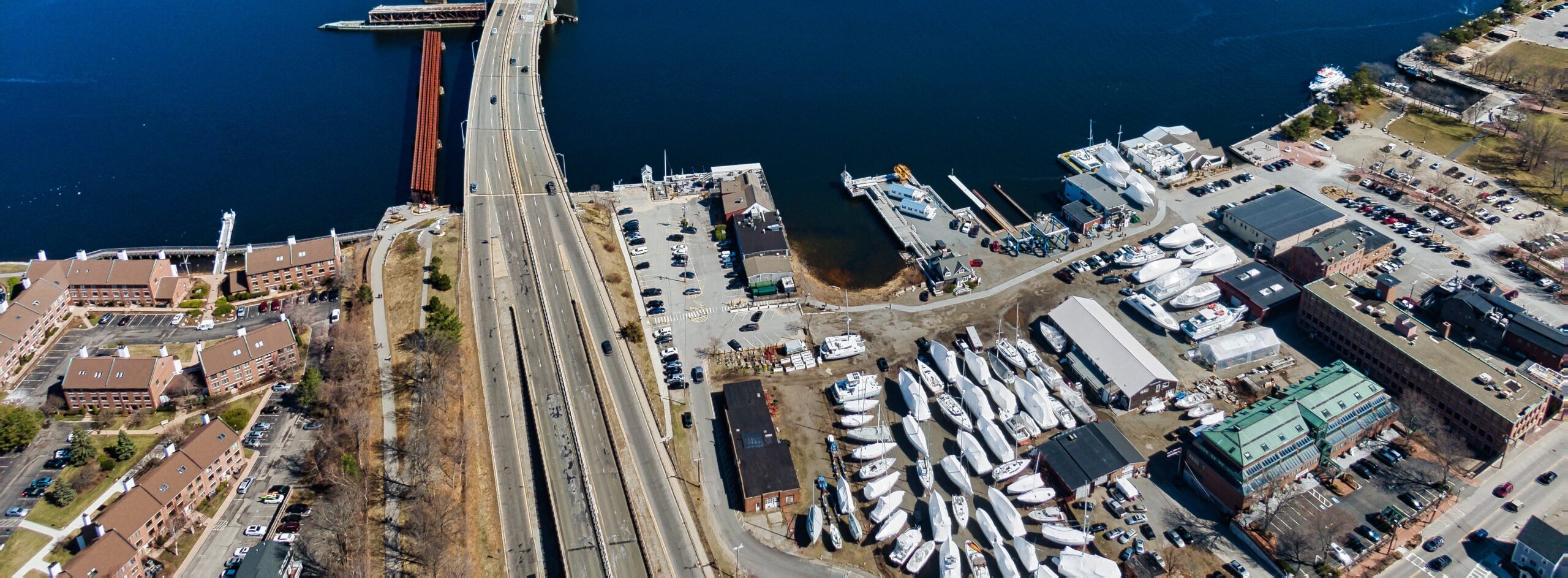The year is 2051. On this special occasion of my 90th birthday, I wanted to take a moment to look back on what is now being called the Second Newburyport Renaissance. It’s hard to imagine that the years of civil unrest in the early 2020s could have been followed by decades of thoughtful civic-mindedness, resulting in so many groundbreaking achievements in our small but significant city.
History should remember that the 2020s proved to be a historic crossroads. As Americans grew increasingly distrustful of each other and long-established institutions, Newburyporters united in a commitment to imagine a better future for our community.
Newburyport’s creation of co-living housing for young adults and the elderly, in the second half of the 2020s, was key to the city’s renaissance. When we finally figured out that the over-55 model of senior housing was also a good idea for 20-35 year olds, numerous interrelated social challenges were addressed.
Young people and elders had access to homeownership and affordable rents (that could lead to home ownership), thus allowing them to build equity in the community where they worked – or perhaps grew up – while sharing resources with, and learning from, the other generations. For example, many young adults learned to cook, repair things, and build successful lives (career, family, finances, etc.) from the elders, who in turn had willing young people to help them around their houses, do their shopping, and navigate the confusing world of hologram-driven technology!
And to think it was the conversations between young Newburyport residents that led the city toward a zero-waste and 100% renewable energy city government plan. It was quite a feat when the people themselves convinced the Industrial Park businesses to evolve from the city’s most conspicuous waste producers to users of recyclable materials, creating upcycled goods. We really turned the sustainability corner when the city ended its recycling contract with Mello, because all recyclables went directly to the Industrial Park to be used in locally-produced products.
I’ll never forget the high school student-led plan to devise a way to turn plastic waste into beautiful terracotta-like bricks, which now adorn every sidewalk in the city. Similarly, keeping restaurant food out of the waste stream by producing an endless stream of free compost for all was a stroke of genius initially proposed by middle school interns, who envisioned the Nock campus as a vast community garden during the summer months when the school is underused. A few years later, when the Gulf of Maine wind farm was finished off the coast, city operations were finally free of non-renewable energy! We really came together to create solar arrays, install heat pumps in all city-owned buildings, and use rechargeable battery-operated vehicles, machinery, and lighting for all city business.
I also fondly remember the early years of the Citizens Assembly. When the high school civics class students hatched a plan to bring direct democracy to Newburyport, nobody believed they would get anywhere. But with the support of those feisty intergenerational residents of Newburyport Co-Housing, we now routinely select by lottery 50 citizen-voters to discuss and deliberate every major city issue. Although it started as a non-binding check on the City Council and mayor, it has become a real catalyst for local political change.
And do you remember when The Daily News kept hammering their view that the wind farm project — adding wind turbines along the old I-95 access road — was a detriment to the city? The Citizens Assembly selected to discuss the issue deliberated both the positives and negatives, but ultimately found common and enthusiastic ground. Truth and hope sprang from our one-to-one interactions, not from algorithms and local newspaper editorializing designed to keep us divided. To think! The Citizens Assembly now has equal power with the City Council.
I’ll conclude by mentioning the breathtaking transformation, around 2030, of K-12 education in Newburyport. While it was difficult for educators and the public to consider an alternative to centralized education, the students themselves, with the help of the Citizens Assembly process, pushed to make hands-on learning outside school buildings a primary means of education. Breaking up schools into smaller pods that work on real world issues (without sacrificing the ABCs) has made learning come alive for our young people.
In the end, I think the most significant revolutionary advancement in education was the apprenticeship and internship model that became central to education in the school district. This could never have happened if mentors hadn’t agreed to give their time to teach young people. This way, the younger generations were exposed to real world issues with the support of professionals who work on those issues every day: medical professionals, artists, lawyers, carpenters, engineers, sustainability experts, and so many others.
If Newburyport’s first renaissance in the 1970s was defined by a commitment to aesthetic beauty and preservation, the Second Newburyport Renaissance has been defined by its forward-thinking, perhaps unconventional ideas. It’s been a long time since the turbulent days of the early 2020s, but the forward-thinking people of Newburyport always seem to find a way to preserve, protect, and improve their beloved home.
John Giordano
Newburyport resident
Passionate about a local issue? We want to hear from you. Check out our submission guidelines.
Subscribe to our Newsletter




Leave a Reply to Michael Sales Cancel reply